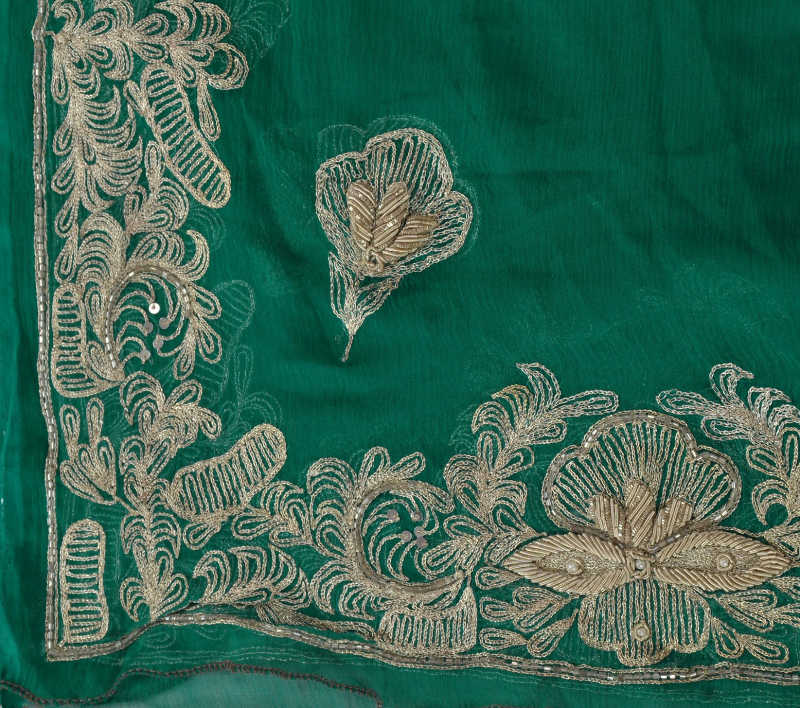===
0020,
2
===

=== |
 |
jhamke hai = jhamaktā hai ; the doubling of the kāf is for metrical purposes
jhamaknā : 'To shine, to glitter, glisten, flash; to dance'. (Platts p.407)
paṛā : 'Laid aside; lying (unused, unowned, unemployed, or unoccupied); useless, idle; prostrate; uncultivated, fallow (land); —adv. In its place; as it is'. (Platts p.260)
nāb : 'Unmixed, unadulterated, pure, genuine; mere; —clear, limpid'. (Platts p.1111)
FWP:
SETS == EXCLAMATION; KYA; MUSHAIRAH
MOTIFS == PERSONIFICATIONS
NAMES
TERMSSRF supplies a colloquially-omitted kyā in front of each clause in the first line, so as to turn them into exclamatory-sounding rhetorical questions. This works very well. To take them as statements of fact really renders them awkward and ineffective.
SRF's definition of paṛā is new to me (and Platts doesn't give it), but it too works excellently in the verse. The regular sense too -- derived from the adjectival perfect participal paṛā huʾā -- would also seem to work in a way, since 'laid aside' or 'in its place' (see the definition above) would work for the rose-petal and the coral. But neither alternative has the punchy suitability of an exclamation like 'bravo'. This idiomatic sense of paṛā should be kept in mind, because without recognizing it one could hardly translate verses like the present one. Another example of this special usage: {874,3}. For a similar, and equally idiomatic, sense of ʿishq hai , see {307,4}.